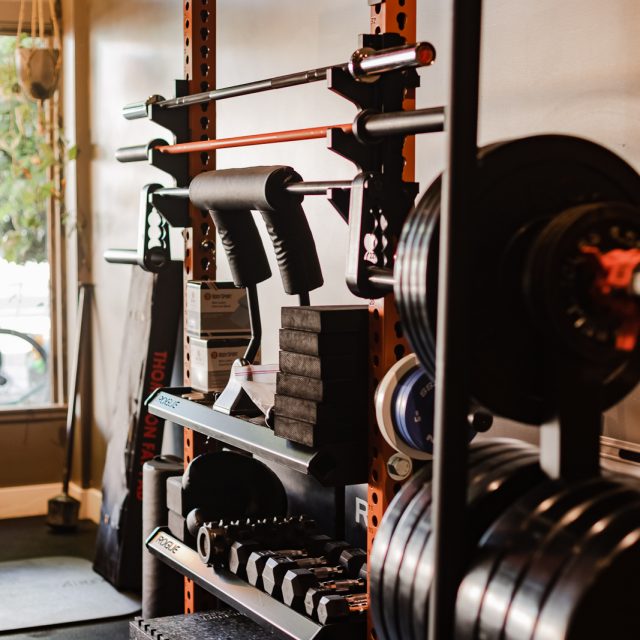
If we were left to teach only one skill to any of our patients, it would be hinging. Nearly all low back pain types can be simply and logically related to an inability to hinge appropriately.
Our foundational skills follow a simple unifying theme – normalize the center of the body. If we were left to teach only one skill to any of our patients, it would be hinging. The payout for the ability to hinge is incredible and helps every bio-mechanical ailment that comes through our doors. It is one of the final skills a child learns before they truly become a mobile human and usually takes around 12 months to develop as multiple systems are involved. The skill of hinging can be defined as one simple test. Pick up something from the ground without bending your back or neck at all.
As with our other foundational skills, it is exceptionally rare for patients to be able to do so upon initial evaluation. We believe this is the single and simple cause of nearly all low back-related ailments. Nearly all low back pain types can be simply and logically related to an inability to hinge appropriately. Hinging is the skill of using areas of large muscle mass instead of areas of small (or minimal) muscle mass. The two common faults we see in our evaluation is that either the knees or back take all load during our testing. It is easy to see in our biology, that these areas are not designed to be large movers, but transfer points. Neither the knees or the low back have a large amount of muscle mass. This is especially true when compared to the hips. For us, hips include the muscles between below your hips and above your knee. In comparison, the hip muscle mass and muscle mass potential massively out shadows that of the low back and the knee. Using this muscular potential is what allows humans to be at all athletic or mobile.
Because of its central importance, hinging effects much more than the low back. The shoulders and neck have an intimate relationship with the hips. Because arms, elbows, wrist, and hands all attach and interact with the shoulder, they are also directly related to the function of the hips. Because you interact from your hips to the ground, knees and ankles must also function and follow the hips. It all starts in the middle. Our most common feedback when we start discussing hinging is “I wish I knew this earlier.” We agree and we are working hard to make it that way.

PORTLAND, OR
237 NE Broadway
Suite 245
Portland, OR 97232
VANCOUVER, WA
10303 NE Fourth Plain Blvd
Suite #105
Vancouver, WA 98662